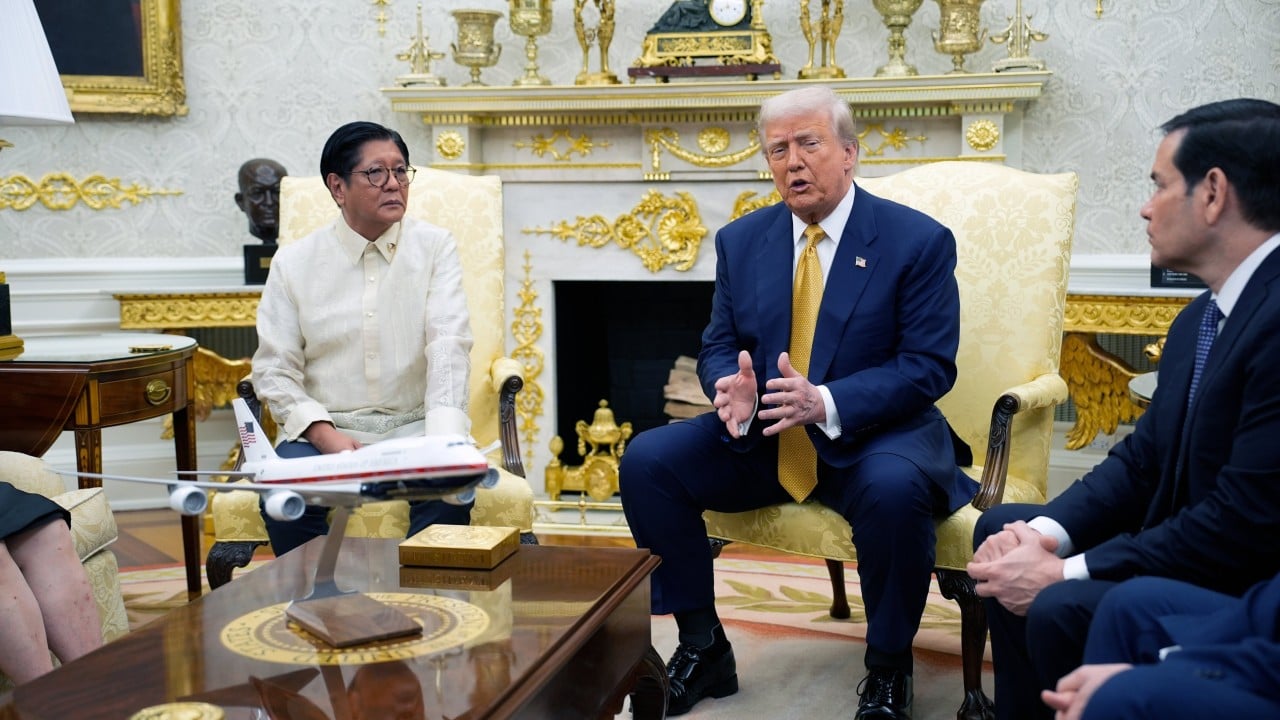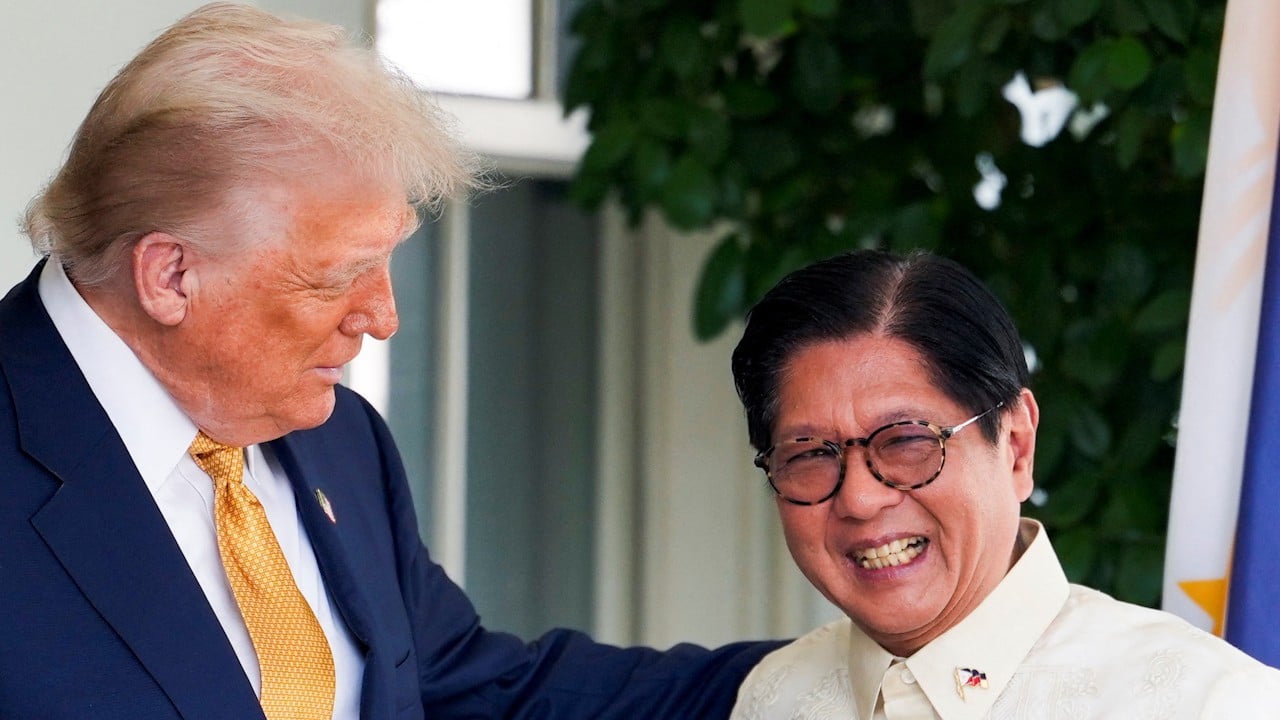Poor optics, lacklustre results and sparse details describe the recent visit of Philippine President Ferdinand Marcos Jnr to the United States. The outcome of the trip – the first by a Southeast Asian head of state under the second Trump administration – raises questions about whether Manila is able to fully leverage its long-standing alliance with the US.
Advertisement
The terms of the trade deal – of 19 per cent tariffs being imposed on Philippine goods entering the US market, compared to no tariffs for US goods bound for the Philippines – were seen as lopsided. Financial services firms Nomura and Fitch initially anticipated that Manila could bring down the rate to the baseline 10 per cent given its strong alliance with the US and the fact it is not a known hub for goods transshipment.
Beyond the disappointment, the trade agreement is estimated to cost Manila 27 to 32 billion pesos (US$472.7 to US$560.2 million) in revenue losses during the next five years. According to Nomura’s forecast, direct trade losses on account of higher US duties will reduce the Philippines GDP growth this year from 5.3 per cent to 4.9 per cent.
Manila’s commitments to buy more US soybeans and wheat will benefit American farmers. Last year, the Philippines was the second-largest buyer of US wheat, and this volume is likely to surge further with the new agreement. The exact details of the deal – such as whether Washington will ask Manila to buy more US aircraft and energy products, as it did in the agreement with Indonesia – are still taking shape.
The potential influx of more US pork, poultry and beef could give Filipino farmers reason for concern. US suppliers, which face no tariffs, are in a better position than their competitors from Australia, Brazil, Canada and the EU. Meanwhile, Philippine exporters have to compete with producers from Latin America and other Southeast Asian countries while dealing with 19 per cent levies.
Those levies neutralise whatever edge the Philippines might have had over its neighbours when US President Donald Trump launched his “Liberation Day” tariffs in April. Back then, at a lower 17 per cent rate, the Philippines received inquiries from firms eyeing to relocate to the country, given its tariff advantage. However, with the tariff schedules now equalising, it is uncertain whether these leads will still exist.
Advertisement


